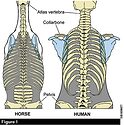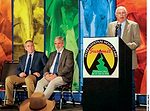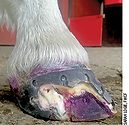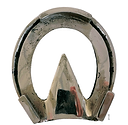Advertise Follow Us
American Farriers Journal

View Archived Issues
March 2024
Volume: 50
Edition: 2
American Farriers Journal is the “hands-on” magazine for professional farriers, equine veterinarians and horse care product and service buyers.
-
Table Of Contents
Table Of Contents
How Leaning Affects Equine Anatomy
The lack of a collarbone influences the form and function of the hoofRead More5 Wow Moments from the Summit
Attendees share their top experiences from the International Hoof-Care SummitRead More5 Join Hoof-Care Halls of Fame
Hoof-care industry salutes the distinguished contributions of 4 farriers and 1 veterinarianRead MoreIn MemoriamRemembering Don Hobson
Legend shod Thoroughbred racehorses for more than 30 yearsRead MoreRethinking Equine White Line Disease
Keratinolytic disease of the zona alba is a more accurate term for this common hoof ailmentRead MoreResearch Journal: March 2024
The information, ideas and opinions expressed are those of the author and do not necessarily represent those of the United States Department of Agriculture.Read More -
Featured Articles
Featured Articles
How Leaning Affects Equine Anatomy
The lack of a collarbone influences the form and function of the hoofRead More5 Wow Moments from the Summit
Attendees share their top experiences from the International Hoof-Care SummitRead MoreRethinking Equine White Line Disease
Keratinolytic disease of the zona alba is a more accurate term for this common hoof ailmentRead More - Digital Edition
-
Online Extras
Online Extras















